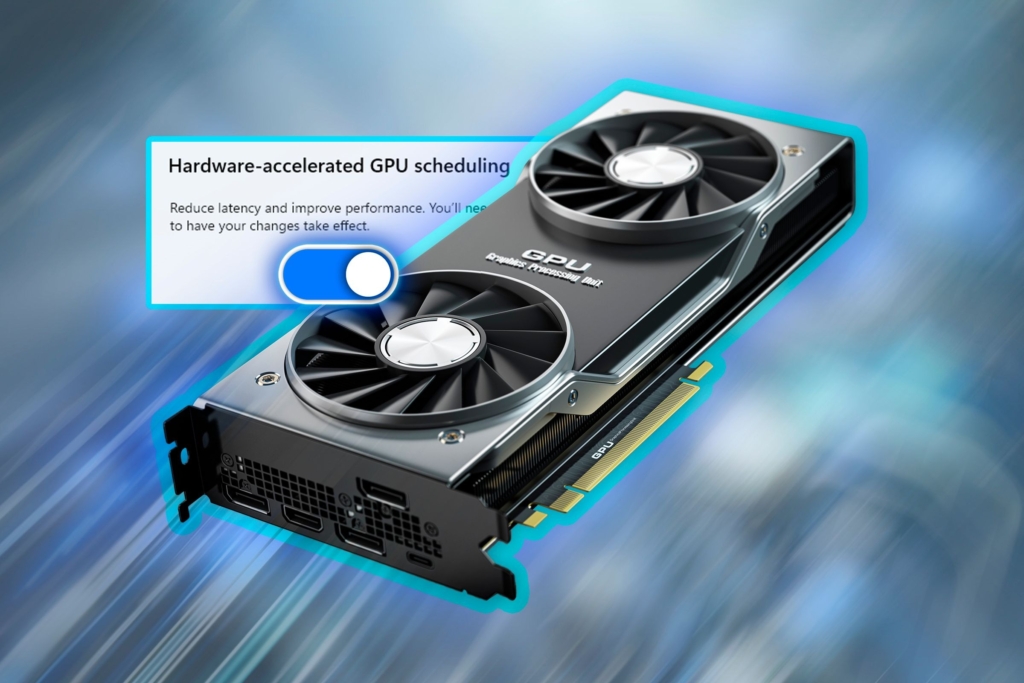HAGS, i.e. Hardware Accelerated GPU Scheduling, first appeared in Windows 10, but has already come to fruition in Windows 11 under the hood.
17.06.2024 – Windows 11 was made with many new features in 2021. However, most users were busy with particularly powerful and stringent machine requirements. The system requires Secure Boot and TPM 2.0 support, but DirectX 12 cards are also excluded. Moreover, we also had to say goodbye to processors that are still fully usable today, such as older 8th generation Intel processors or 1st generation AMD Ryzen processors. Yes, you can get around these problems with various solutions, but more and more software checks these conditions separately, so it may not be worth it in the long run.
Many of Windows 11's new features are implemented only under the hood, so users don't even know about them. An example of this is much better support for multi-monitor displays, including displays that jump on the wide refresh rate (Hz) scale. In Windows 10, a 60Hz and 240Hz display cannot be placed side by side, but in Windows 11 there are no such issues. There has also been a lot of focus on developments that support gaming and gameplay, which can often be forgotten. This includes leave it also.
What is HAGS, i.e. Hardware Accelerated GPU Scheduling?
HAGS is an abbreviation. In English, the term covers hardware-accelerated GPU scheduling, and its Hungarian equivalent is hardware-accelerated GPU scheduling. HAGS was originally introduced in Windows 10, but it gained its current form in Windows 11. When you play, the processor and video card communicate and exchange data continuously. Yes, but the CPU must also take care of allocating and scheduling appropriate frames for the GPU. This can introduce some additional lag, as the CPU has to take time to perform its own operations, which can be even more annoying in the case of CPU-intensive titles. With HAGS turned on, the CPU passes the schedule to the GPU and, in effect, entrusts the video card itself with managing the VRAM. On paper, this speeds up your PC's display lag while freeing up some extra CPU power.
Run HAGS
HAGS listening is disabled by default on most Windows 10 and 11 devices. However, in newer Windows 11 versions, more and more people are reporting that the Listen option is by default. To turn it on, it's enough to flip the switch, but it doesn't hurt to know that you need at least an RTX 1000 or AMD RX 5000 card. Intel cards do not support this solution yet. To play it, we just have to visit Begins > Engine house > System > Display > Graphics -> Default graphics settings under menu item A Graphics Settings option, then look for Hardware Accelerated GPU Scheduling option. We have to switch it to on/on state and after reboot, HAGS will be activated.
Deserves all the effort?

There are times when running HAGS helps measurably
Recently, many international sites have removed the key. It is common opinion Is that you should not expect a significant increase in FPS from this. However, in some games, the consistency of graphic frames can be improved, promising a smoother gaming experience. Game and video recording apps, or even OBS used for streaming, can benefit greatly from it. Even when running programs, games will lag.
Users who enjoy high image refresh and high resolution also give positive feedback, so turning it on can also be useful in case of above 120 Hz and/or 4K. Some applications may also benefit from From operationWe can list Adobe programs here that have been measured at a speedup of up to 10%. theI'm sure making it worse doesn't make things worse, so if nothing else, it might be worth running it for a few hours of testing. If for some reason we encounter anomalies, we can reverse the process in seconds by resetting the switch.
Have you read this yet?
What happens when we photograph money?












































